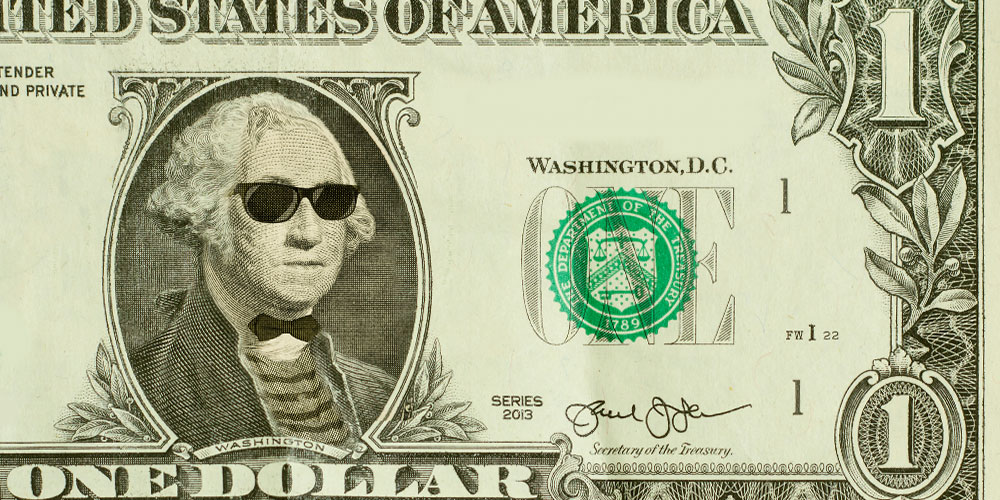Storytelling is such an impactful tool in teaching. This is especially true when it comes to teaching history. But let’s face facts: Hollywood, Broadway, and various book publishers don’t adhere to a strict code of historical accuracy.
It’s just the opposite, actually. But luckily, the studios’ malleable interpretation of real events gives educators, especially history and social studies teachers, an opportunity to separate real life from dramatic representations. Check out these historical inaccuracies in popular media.
Hamilton: An American Musical
He might not have thrown away his shot when he penned the smash Broadway hit, but Lin-Manuel Miranda did jettison his history textbook. In that regard, Miranda has been more than candid about the tweaks he made to make Alexander Hamilton’s story more digestible to mainstream audiences.
Honestly, most every history teacher we’ve spoken to adores the liberties that the play takes. This allows them to point out to their students that:
- Angelica Schuyler was married prior to meeting the future Treasury Secretary, which puts a damper on the play’s love triangle story arc.
- Alexander Hamilton opposed slavery, at least in his writings. But not only did he marry into a wealthy, slave-owning family, he also leveraged that power for political expediency. To that end, Hamilton favored the Three-Fifths Compromise.
- In real life, the climactic duel wherein the hero falls to Aaron Burr’s bullet took place after a gubernatorial race. The play portends that the conflict culminated after Hamilton refused to endorse Burr for president.
For a more accurate portrayal of Hamilton’s story, teachers can turn to Ron Chernow’s Alexander Hamilton, the book on which Lin-Manuel Miranda based his musical.
Shakespeare in Love
Whether we’re talking about Richard II or Henry V, William Shakespeare was no stranger to creating dramatic versions of historical events. It makes sense that the Oscar-winning Shakespeare in Love takes storytelling liberties with the Bard’s biography. In the classroom, that means teachers can relish telling students how:
- The film mentions Virginian tobacco plantations that did not exist during the film’s 16th century time setting.
- Queen Elizabeth I visits the Globe Theatre to see a production of Romeo and Juliet. The real queen never set foot in a public theater.
- The script follows a struggling playwright who toils over the pages of what will become his most famous work. Shakespeare would not have suffered from writer’s block in that way. In reality, Romeo and Juliet is based on the Italian narrative poem titled The Tragicall Historye of Romeus and Juliet.
The Last Samurai
The Last Samurai follows the story of a people clinging to a diminishing way of life, wherein the main character finds value in the simplicity of outdated traditions. And there you have it: an ideal setup for historical storytelling. There’s only one hang-up—the filmmakers play fast and loose with the facts. Teachers can point out how:
- Captain Algren, portrayed by none other than Tom Cruise, never existed. The character is based on French soldier Jules Brunet, who was tasked with updating the Japanese army to modern warfare standards.
- The film indicates that the Samurai continued to favor more primitive weapons, which wasn’t the case in reality. Though swords and spears still had their place on the battlefield, these clans would have used firearms.
- The Last Samurai contains ninjas. Sadly, in the film’s time frame, centuries had passed since these mercenaries were employed in combat or espionage. Nevertheless, the inclusion of ninjas is always a welcome addition, right?
Disney’s Pocahontas
Look, the way American classrooms teach the country’s resettlement is a tough conversation. Given all the violence that stood at the forefront of this period in history, that’s putting it mildly. While social progress zigs and zags, it’s up to teachers to give kids an accurate portrayal of the facts. Which is what Disney’s Pocahontas falls short of doing. If you show this film in the classroom, you can do so as an exercise in fact versus fiction, particularly as you tell students:
- Pocahontas was a child, about 11 years old, when she first encountered John Smith. To create a more palatable romance, the movie places her at 18 years old. Plus, in real life, there was no courting relationship between the two.
- There were no arranged marriages in Pocahontas’ tribe, though the film sees her betrothed to a man named Kocoum.
- Pocahontas was a nickname. Her given name was Amonute.
The Patriot
Hamilton: An American Musical is not the only entity that mythologizes the reality of the Revolutionary War. The Patriot presents the facts in an even more creative way. This is good news for history teachers who can point out how:
- The movie leaves out Americans still loyal to the British Crown. In the Carolinas, a significant number of people opposed the Revolution, leading to infighting throughout the conflict.
- The British soldiers were portrayed as heinous villains on par with the Nazi regime. While no war is a friendly affair, this depiction was colored to draw stark contrast between protagonists and antagonists.
- The main character would have likely owned slaves, which the film glosses over.
Pearl Harbor
Though the dreadful event happened decades ago, Pearl Harbor marks the most recent historical event on this list. The attack was the pivotal moment that brought the United States into the World War II conflict. If you screen this movie in class, you can point out how:
- Much of the aviation technology didn’t exist during the time of the attack, including the dog-fighting capabilities of Japanese fighter jets and crop-dusters that didn’t exist yet.
- The characters smoke Marlboro Lights in the movie. That brand of cigarette didn’t hit shelves until 1972.
- The film showcases the Japanese military aiming for hospitals. In reality, medical facilities were not a target.







